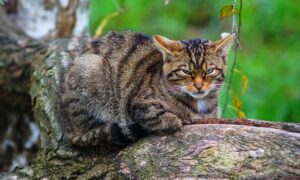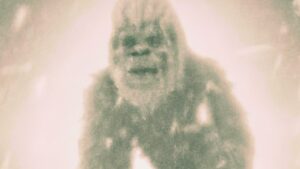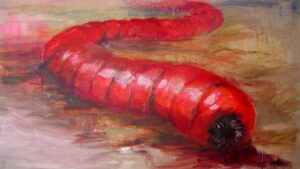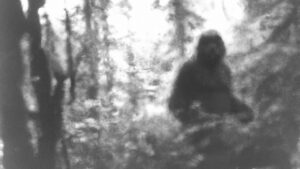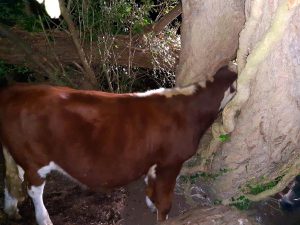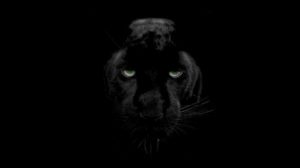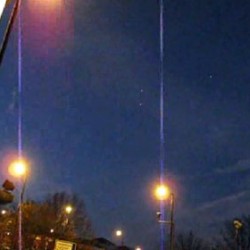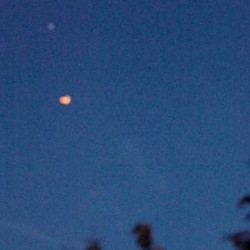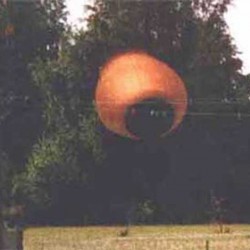Scientists Discover Dozens of New Species in “Lost World†of Western New Guinea!
[inspic=52,right,,thumb]Lost Bird of Paradise Found in Isolated Foja Mountains of Papua, Along With New Honeyeater Bird, New Frogs and a Rare Tree Kangaroo.
The international team of scientists say they have found a “lost world” in the Indonesian jungle.
The team captured the first photos ever seen of exotic birds such as a male Berlepsch’s Six-Wired Bird of Paradise (Parotia berlepschi). It also found a new large mammal for Indonesia – the Golden-mantled Tree Kangaroo (Dendrolagus pulcherrimus), formerly known from only a single mountain in neighboring Papua New Guinea.
[inspic=43,right,,thumb]”It’s as close to the Garden of Eden as you’re going to find on Earth”marveled Bruce Beehler, vice president of CI’s Melanesia Center for Biodiversity Conservation and a co-leader of the expedition. “The first bird we saw at our camp was a new species. Large mammals that have been hunted to near extinction elsewhere were here in abundance. We were able to simply pick up two Long-Beaked Echidnas, a primitive egg-laying mammal that is little known.”
The discoveries solved one major ornithological mystery – the location of the homeland of Berlepsch’s Six-Wired Bird of Paradise. First described in the late 19th century through specimens collected by indigenous hunters from an unknown location on New Guinea, the species had been the focus of several subsequent expeditions that failed to find it.
On the second day of the recent month-long expedition, amazed scientists watched as a male Berlepsch’s bird of paradise performed a mating dance for an attending female in the field camp. This was the first time a live male of the species had been observed by Western scientists, and proved that the Foja Mountains was the species’ true home.
[inspic=53,right,,thumb]A new species of honeyeater, the first new bird discovered on the island of New Guinea since 1939, has a bright orange face-patch with a pendant wattle under each eye. Other discoveries included what may be the largest rhododendron flower on record – almost six inches across – along with more than 20 new frogs and four new butterflies.
Local Kwerba and Papasena people, customary landowners of the forest, welcomed the Conservation International team and served as guides and naturalists on the expedition into the vast jungle tract. These people told the team that game was hunted in abundance within an hour’s walk of the village.
Such abundance of food and other resources means the mountain range’s interior – more than 300,000 hectares of old growth tropical forest – remains untouched by humans, and the entire Foja forest tract of more than 1 million hectares constitutes the largest essentially pristine tropical forest in Asia and an important region for biodiversity conservation.
A summary of the team’s main discoveries:
- A new species of honeyeater, the first new bird species discovered on the island of New Guinea since 1939
- The formerly unknown breeding grounds of a “lost” bird of paradise – the six-wired bird of paradise (Parotia berlepschi)
- First photographs of the golden-fronted bowerbird displaying at its bower.
- A new large mammal for Indonesia, the golden-mantled tree kangaroo (Dendrolagus pulcherrimus)
- More than 20 new species of frogs, including a tiny microhylid frog less than 14mm long
- A series of previously undescribed plant species, including five new species of palms
- A remarkable white-flowered rhododendron with flower about 15cm across
- Four new butterfly species
The team says it did not have nearly enough time during its expedition to survey the area completely and intends to return later in the year.
Related Links:
Conservation International
Expedition Irian Jaya

